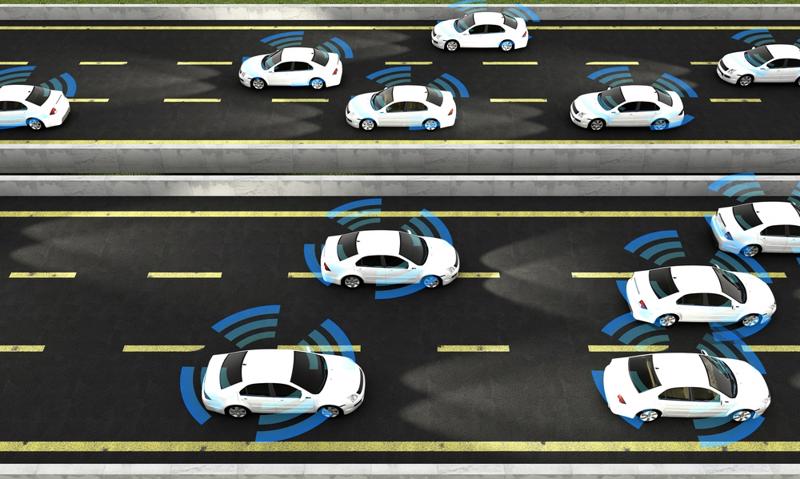

Long after Halloween is over, discussing phantoms and ghostly occurrences can still give you the jitters. Instead of walking through a haunted house, however, these ghouls show up in semiautomatic and autopilot cars. As vehicles develop better technology to assist drivers, phantom braking continues to be a scary issue many new car owners experience on the road.
In all seriousness, however, this is not only a serious problem but a dangerous one plaguing advanced driver assist system (ADAS) software updates. This blog will explore what manufacturers are doing to correct this issue and what it means for the future of autopilot cars.

Semiautomatic vehicles have a feature called auto-braking that, while on autopilot or cruise control, will detect the vehicle speeds around you and apply brakes when necessary. The term phantom braking came to refer to when the ADAS glitches and prepares for a collision that won't actually happen or thinking there is a slow down when there isn't and applies the brakes unnecessarily.
If a driver is following too close behind you, this can cause a fender-bender or something more serious depending on how quickly the vehicle decelerates.
Autobraking was specifically designed to prevent potential collisions, or reduce your vehicle's speed prior to an accident with another vehicle, pedestrian or obstacle. It uses radar, video, infrared or ultrasonic sensors to detect possible objects in front of the vehicle. If an object is detected, it will apply the right amount of brake pressure to control the vehicle away from a possible collision. It is usually integrated with a vehicle's pre-collision and adaptive cruise control systems.
For example, if a vehicle is driving along a road on cruise control, and the vehicle ahead brakes to accommodate a new speed limit, your vehicle will detect the slowdown and apply brakes to match the new pace of the car in front of it.
If this system falsely identifies a possible collision and applies brakes unnecessarily or too quickly, there you could get rear-ended or possibly affect vehicles around you on the road.
Every car manufacturer develops its own technology for automatic braking, typically using sensory input as the starting point. Technology like that of Subaru's EyeSight, for instance, will look for color contrasts against the background and vertical surfaces to ascertain different types of images. Other manufacturers will use laser radar or a combination of camera and laser to determine the potential for a collision and necessary alerts.
Companies like Arbe, a radar revolution organization whose main focus is creating a zero-road-fatality future, are developing the technology necessary to advance the consistent danger phantom braking is presenting to automatic and semiautomatic drivers. They are improving high-resolution imaging radar to help drivers more safely navigate the road.
Radar technology helps the vehicle understand the space between objects as well as track their path on the road. Arbe's technology can more precisely determine where objects are no matter the time of day, elevation or weather conditions.
While Arbe is attempting to improve sensor technology, newer vehicles on the road are controlled by software installed into the car's computer system. Advanced vehicles can now receive over-the-air (OTA) updates wirelessly without needing to be recalled back to the factory. For EVs especially, OTA updates enable vehicle performance and feature enhancements. This allows for vehicles to advance more quickly without needing to buy a new vehicle as often, thus reducing waste and unnecessary spending.
These updates do not always transfer over well and could result in expensive recalls, according to Electrek's fall 2021 blog, by the manufacturer, however. EVs are made with millions of lines of code and depend on its software in order to function, yet not all manufacturers have the technology to make the OTA connection securely.
When it comes to automatic braking technology, software updates OTA could be a risky solution while firmware security is still in question, according to Stack Overflow.
To learn more about how phantom braking and radar detection test equipment is made, check out our custom test equipment page. Greening Testing Laboratories is a fully certified brake testing lab that provides a variety of brake testing services worldwide.Contact Greening for a complimentary consultation.